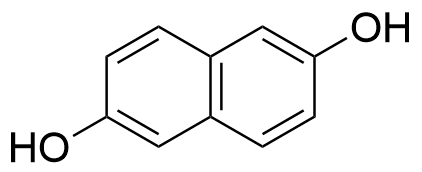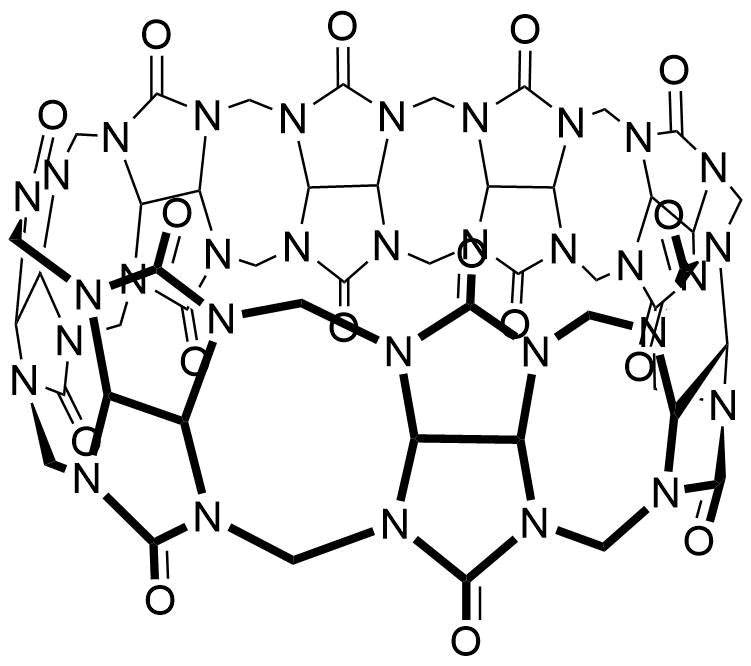Binding Properties
| 𝜈 | Molecule 1 : 1 Host | ||
| Ka = | 2.16⋅104 | ± 682.0 | M-1 |
| Kd = | |||
| logKa = | |||
| T | 25.0 °C | ||
| Energy | kJ mol-1 | kcal mol-1 | |||
|---|---|---|---|---|---|
| ΔG | = | -24.74 | ± 0.08 | -5.91 | ± 0.02 |
These are the specifications of the determination of the experimental results.
| Detection Method: | Direct | ||
| Assay Type: | Associative Binding Assay | ||
| Technique: | Isothermal Titration Calorimetry | ||
| Instrument: | MicroCal VP-ITC | ||
| VCell | = | 1400.0 𝜇L | |
| VSyringe | = | 350.0 𝜇L | |
| Molecule: | syringe | ||
| Partner: | cell | ||
| Cofactor: | cell | ||
| Ninjection | = | 16 | |
| Vinjection | = | 10.0 𝜇L | |
| Vinit | = | 2.0 𝜇L | |
Detailed information about the solvation.
| Solvent System | Single Solvent |
| Solvent | water |
Please find here information about the dataset this interaction is part of.
| Citation: |
O. A. Scherman, F. Biedermann, D. Jiao, SupraBank 2026, Size Selective Supramolecular Cages from Aryl-Bisimidazolium Derivatives and Cucurbit[8]uril (dataset). https://doi.org/10.34804/supra.2021092863 |
| Link: | https://doi.org/10.34804/supra.2021092863 |
| Export: | BibTex | RIS | EndNote |
Please find here information about the scholarly article describing the results derived from that data.
| Citation: |
D. Jiao, F. Biedermann, O. A. Scherman, Org. Lett. 2011, 13, 3044–3047. |
| Link: | https://doi.org/10.1021/ol200911w |
| Export: | BibTex | RIS | EndNote | |
Binding Isotherm Simulations
The plot depicts the binding isotherm simulation of a 1:1 interaction of 2,6-Dihydroxynaphthalene (0.000925925925925926 M) and CB8 (0 — 0.001851851851851852 M).
Please sign in: customize the simulation by signing in to the SupraBank.





